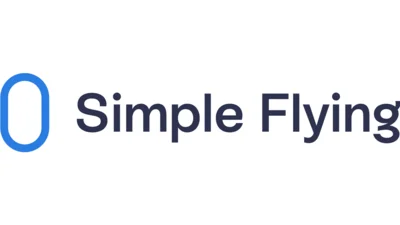Helicopters are often used for short distances or in areas with limited landing space (needing as little as 100 square feet), making them the go-to option for urban areas and places with challenging terrain. Fixed-wing aircraft are used for longer distances and can travel between cities, states, or even countries. Fixed-wing air ambulance operators mostly use turboprops or smaller jets like a Pilatus PC-12, PC-24, Bombardier, or Learjet. Aircraft such as the PC-12 and PC-24 are especially well-suited because they can operate in and out of shorter airfields, and their large cargo doors make it easy to load a stretcher in and out of the aircraft.
Medevac flights are typically equipped with state-of-the-art medical equipment including ventilators, defibrillators, and monitoring devices. The medical staff onboard can include paramedics, flight nurses, anesthetic nurses to anesthesiologists, flight surgeons, medical directors, physicians, and biomedical technicians.
Emergency situations where medevac flights are used include severe trauma cases such as heart attacks or strokes where immediate intervention is required. They also transfer patients from one facility to another when specialist care is needed that isn't available at the initial location. Medevac services are also crucial during natural disasters and war zones to evacuate injured individuals.
Remote area access in regions like Alaska and the Australian Outback is limited; thus medevac flights often serve as the only means of accessing advanced medical care.
The process flow for a medevac flight begins with a call for assistance usually made by healthcare providers or emergency services. A medical team then assesses the patient's condition and prepares necessary equipment before transporting them to the aircraft via ambulance or another ground vehicle. Continuous care is provided during the flight until arrival where handover occurs to a waiting medical team.
Medevac flights can be costly ranging from several thousand to tens of thousands of dollars depending on distance and level of care required. Many health insurance policies cover some costs but confirming specific coverage details beforehand is advisable.
During the pandemic medevac services were critical in transporting COVID-19 patients to specialized hospitals with intensive care units. According to a study published in Air Medical Journal: In one month (from March 18th-April 20th 2020) French Air Force used an Airbus A330 Multi-Role Transport Tanker (MRTT) flying 36 French patients over six missions from northeast France while German Air Force flew 22 Italian patients from Bergamo Italy using an Airbus A310-304 MRTT.
Challenges faced by medevac services include adverse weather conditions which can hinder safe operations especially helicopters delaying critical care; high costs associated with manning maintaining these aircrafts limiting accessibility; efficient coordination between ground-air teams being key yet logistical challenges complicating operations further.
Statistics indicate that medevac helicopters typically cruise at an average speed of 120 miles per hour consuming about one gallon fuel per minute while SAS operates Boeing737–700 configured specifically accommodating up-to eighteen hospital beds alongside thirty-nine regular seats allowing additional configurations based needs.
Advancements expected within future technologies enhancing effectiveness-reach lifesaving-services encompass telemedicine improved-inflight-medical-equipment more-efficient-aircraft ensuring continued evolution scope-efficiency-medevac-services ultimately benefiting patient-care-delivery-chain across varied scenarios whether responding-emergencies-transferring-patients-specialized-facilities representing-vital-link-healthcare-system
---
 Alerts Sign-up
Alerts Sign-up



































